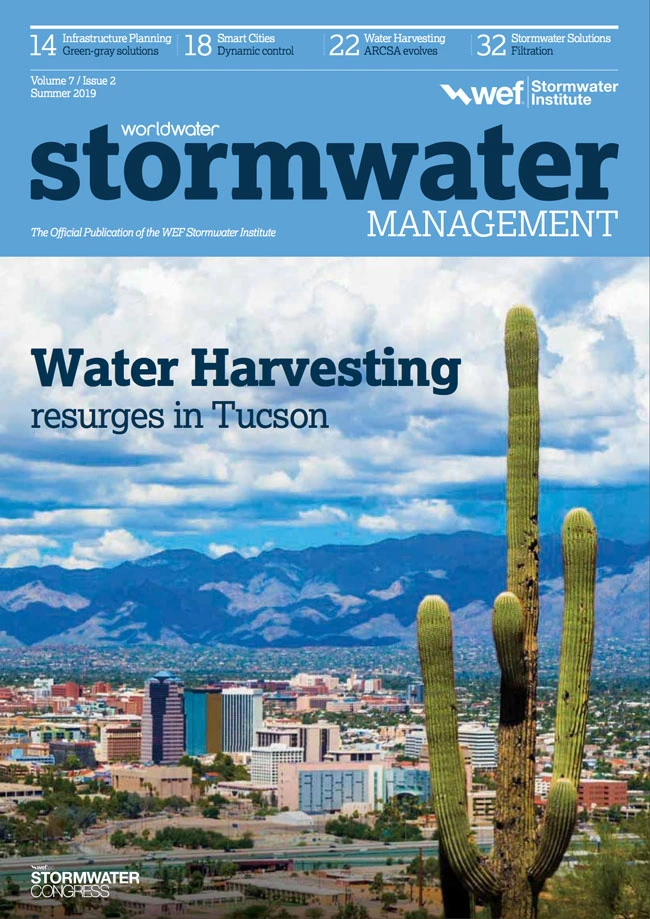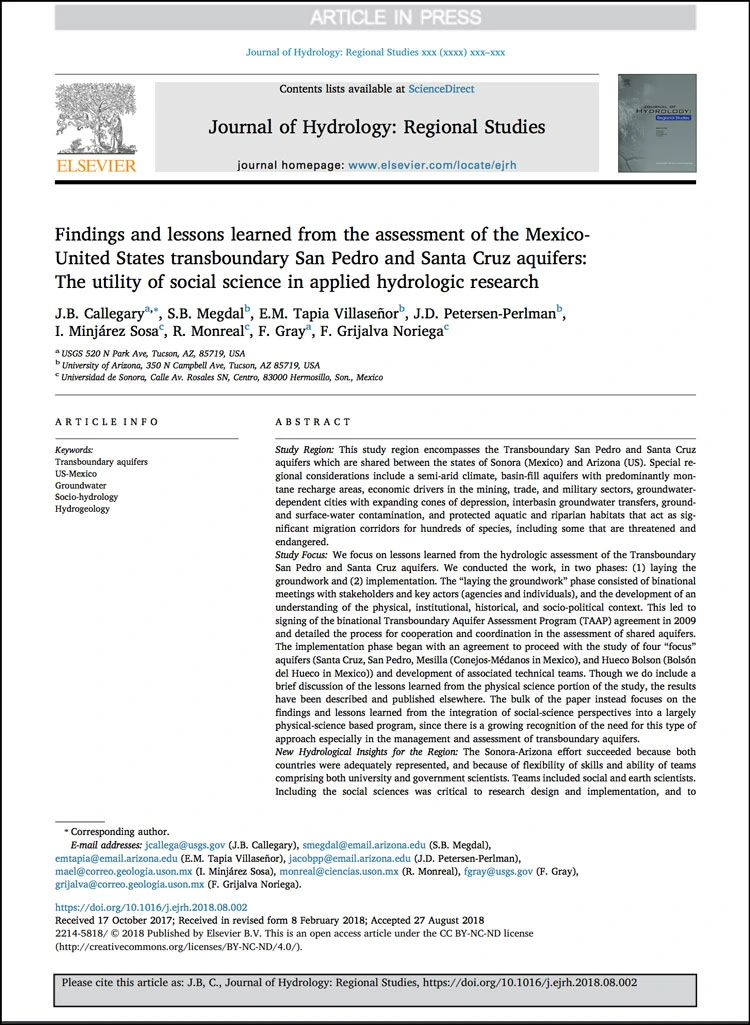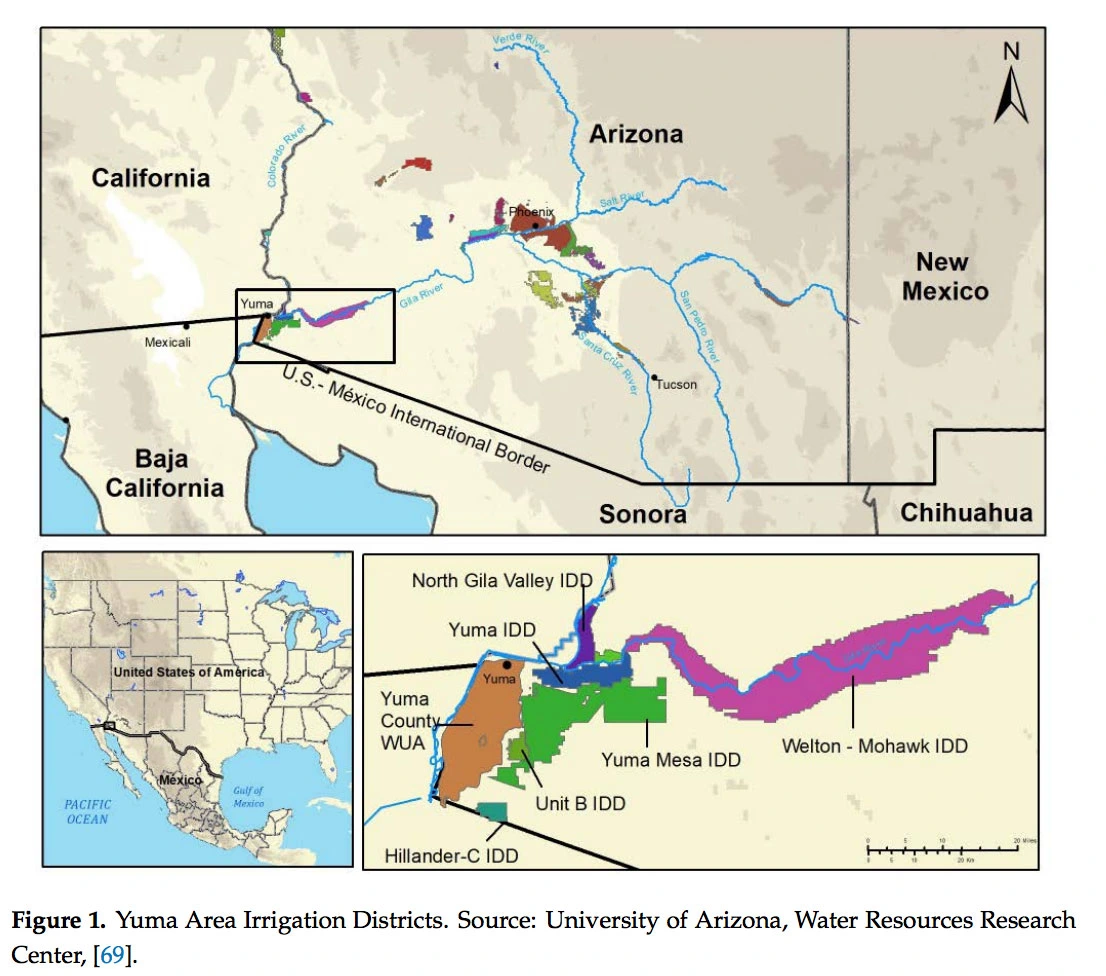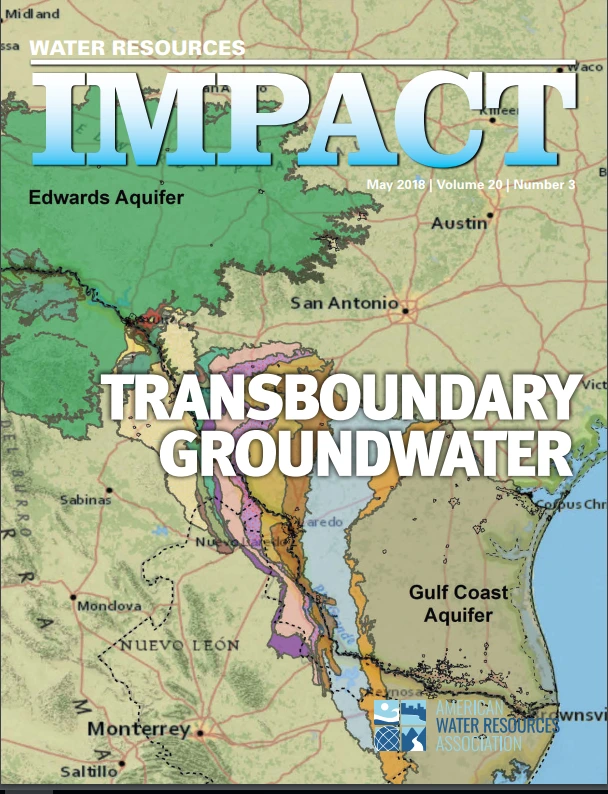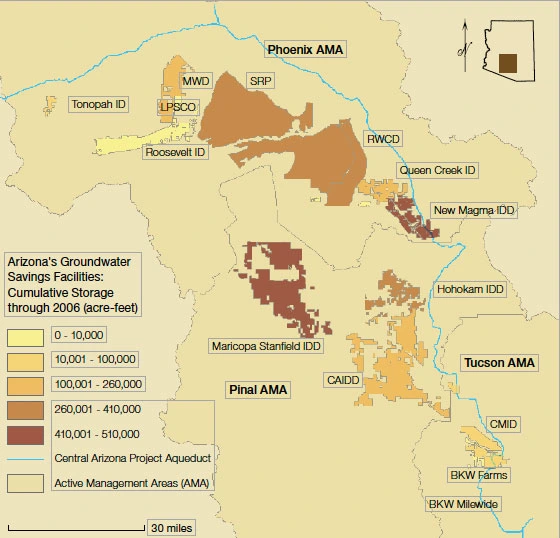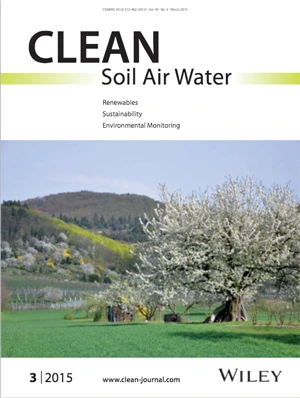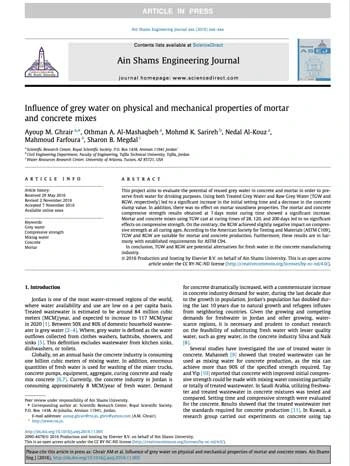Influence of grey water on physical and mechanical properties of mortar and concrete mixes
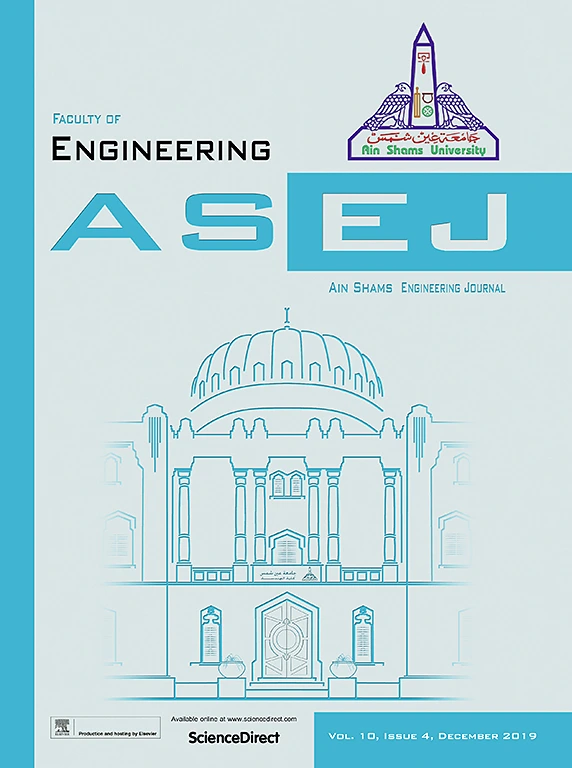
This project aims to evaluate the potential of reused grey water in concrete and mortar in order to preserve fresh water for drinking purposes. Using both Treated Grey Water and Raw Grey Water (TGW and RGW, respectively) led to a significant increase in the initial setting time and a decrease in the concrete slump value. In addition, there was no effect on mortar soundness properties. The mortar and concrete compressive strength results obtained at 7 days moist curing time showed a significant increase. Mortar and concrete mixes using TGW cast at curing times of 28, 120, and 200 days led to no significant effects on compressive strength. On the contrary, the RGW achieved slightly negative impact on compressive strength at all curing ages. According to the American Society for Testing and Materials (ASTM C109), TGW and RGW are suitable for mortar and concrete production. Furthermore, these results are in harmony with established requirements for ASTM C94.
In conclusion, TGW and RGW are potential alternatives for fresh water in the concrete manufacturing industry.


